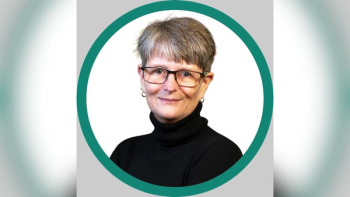
Time for Another CRF Migration
Medidata took a look at how eCRF design complexity correlates with the number of migrations performed while a study is actively collecting subject data.
Quite often, during the course of a clinical trial, the need arises to update case report forms (CRFs). In the world of electronic data capture, these forms are electronic, or “eCRFs.” Such updates can arise from protocol amendments, changes to the eCRF specification requirements or to the logic that automates the entry or verification of data in the study. Creating a new version of the eCRF and migrating subject records to that version is time consuming and costly, and can add additional burden-not only to sponsor and CRO personnel but also to sites. It is therefore imperative to keep such eCRF updates and migrations to the necessary minimum.
With this in mind, we took a look at how eCRF design complexity correlates with the number of migrations performed while a study is actively collecting subject data. Our expectation was that a correlation exists, and this was confirmed by the data. As you can see in the graph, the more complex the eCRF design the more likely it was to require an update during the course of the study. The eCRF design complexity is based on the number of unique eCRF pages, edit checks (custom and standard) and derivations included in the design. The studies included in the dataset were grouped based on their eCRF design complexity and the average number of migrations performed per study. Our findings indicated that the studies with the highest eCRF complexity also performed more migrations, which results in more time spent maintaining the eCRFs.
The study-planning phase should take into account factors that will affect eCRF design efficiency. Having a lower eCRF design complexity will have a positive downstream effect by mitigating the need for migrations and lessening burden on study teams and site staff during the course of the study.
-Medidata Solutions
Newsletter
Stay current in clinical research with Applied Clinical Trials, providing expert insights, regulatory updates, and practical strategies for successful clinical trial design and execution.






.png)



.png)



.png)
.png)
